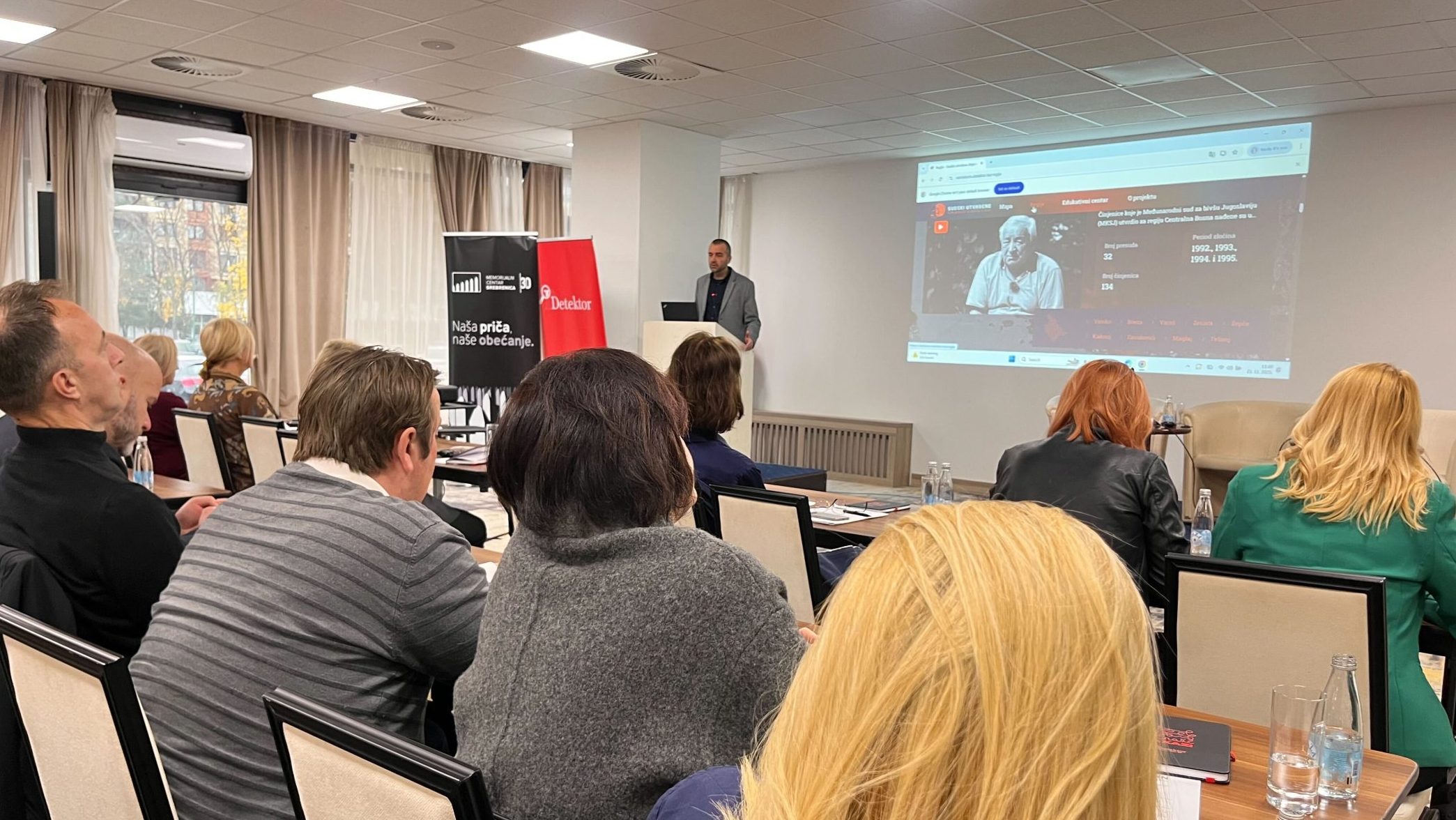This post is also available in: Bosnian
I was in Dretelj on three occasions. These prisoners were there. They were Serbs locked up there. (…) I dont think they were injured, but I could not see it, I was in a vehicle. There were women too, I saw women at the window, I think they were held upstairs, said Halil Beso.
Beso, who was between July 1 and August 9, 1992, commander of the military police with the Croatian Defence Forces in Stolac, said that he was wounded in August 1992, which is why they sent him to medical treatment. He learnt from a colleague that the accused Edib Buljubasic took his position in Stolac.
Beside Buljubasic, the Prosecution of Bosnia and Herzegovina also charges Ivan Zelenika, Srecko Herceg, Ivan Medic and Marina Grubisic-Fejzic with crimes committed in 1992 in Dretelj.
The indictment specifies that Zelenika, Herceg, Buljubasic, Medic and Grubisic-Fejzic in 1992 took part in crimes against several hundred victims of Serb ethnicity from the municipalities of Mostar, Ljubuski, Capljina and Stolac, who were imprisoned in the Dretelj camp.
According to the indictment, Zelenika was an officer of the Croatian Defence Forces, Herceg was former commander of the Dretelj military prison, Buljubasic was former member of the Croatian Defence Forces and deputy commander of the Dretelj army barracks, and Medic and Grubisic-Fejzic former guards in Dretelj.
In response to Buljubasics questions, the witness pointed out that among the prisoners in Dretelj there were prisoners in military uniforms as well as in civilian clothes, and agreed with the defendant that it was necessary to lock them up and that there were soldiers there.
Beso added that they were imprisoned in order to be exchanged, and indeed later they were, as he heard.
The witness confirmed that of the accused he knew only Ivan Medic, who was transferred to his unit in July 1992, although he did not know why.
He was transferred early in July. He was a good fighter, but a little bit stubborn, he often went off the rails, said Beso.
He said that the Croatian Defence Forces were a legal army under the control of the Presidency of Bosnia and Herzegovina and the actions carried out by these forces were aimed at defending Bosnia and Herzegovina and its people.
The trial is set to resume on August 14, when the Prosecution will examine a new witness.

